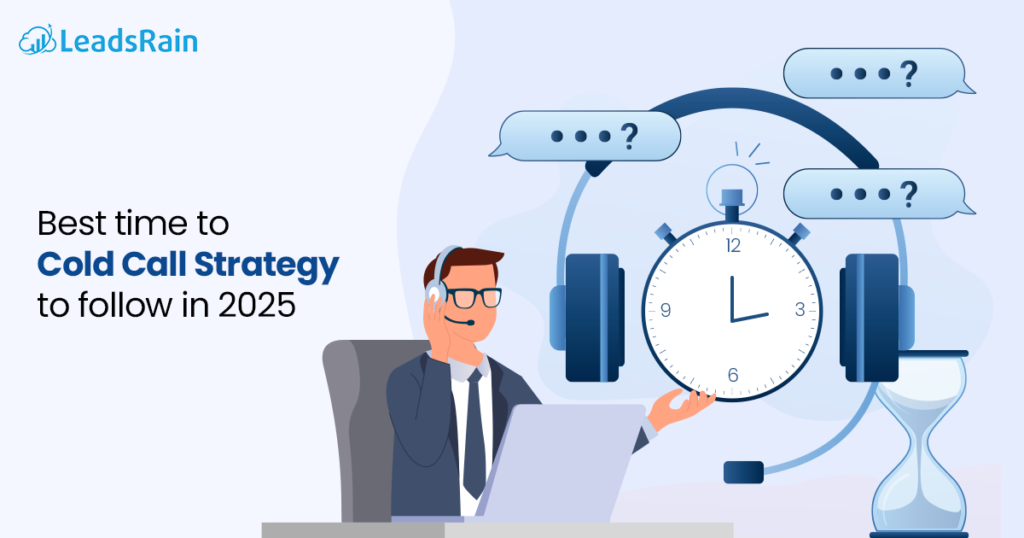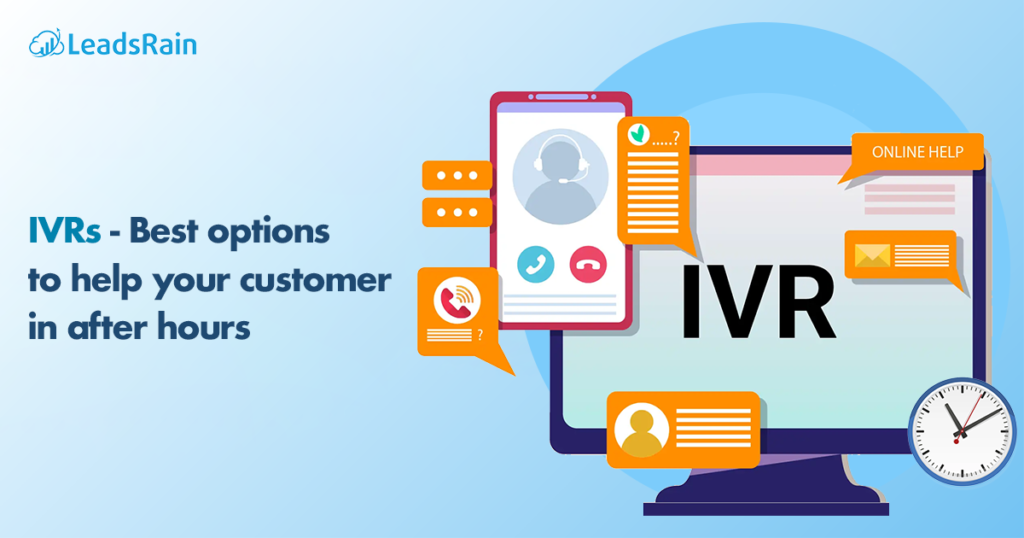The management of call centers is a constant balancing act. You know how it is. The delicate balance between customer satisfaction, employee satisfaction and shareholder satisfaction is a continuous struggle. Some companies have gone so far as to determine that put their people first makes for a better service which leads to more profits.
No matter what your position and focus to manage the delicate balance you have wondered about how to measure your level of service. You may have considered the evaluation of service by limiting the number of abandoned calls (dropout rate), or the flip side of this is measuring the number of calls (also known as response rate or accessibility). You may have measured the average speed of answer. We may have combined these measures into a single indicator that goes under many different names, but it comes down to this: percentage “x” of calls answered in seconds “and”.
By working with the percentage “x” of calls answered in “and” second indicator, call grade of service (GOS), have realized that setting a target for the SMO is much more demanding: you should go with with 80% of calls answered within 20 seconds, or 90% to 0 seconds, or 70% in 30 seconds?
Back in the 90s when the world of call centers was booming the rule was 80% calls answered in 20 seconds. Soon, however administrators realized that setting a proper GOS dependent on your type of business / industry. Many theories exist on the origin of the proverbial 80% in 20 seconds as the Pareto Principle for example. As an expert in personnel management, I found an answer that made me think that 80 in 20 was perhaps more than a golden rule invented out of the blue. I found my answer when I learned that the SMO has an inverse proportion to the load factor (the rate of how agents are busy).
For more information about how Cloud Based Auto Dialer, Voice Broadcasting Software, Call Center Software and Hosted IVR may work for your small business, visit the LeadsRain.com.




